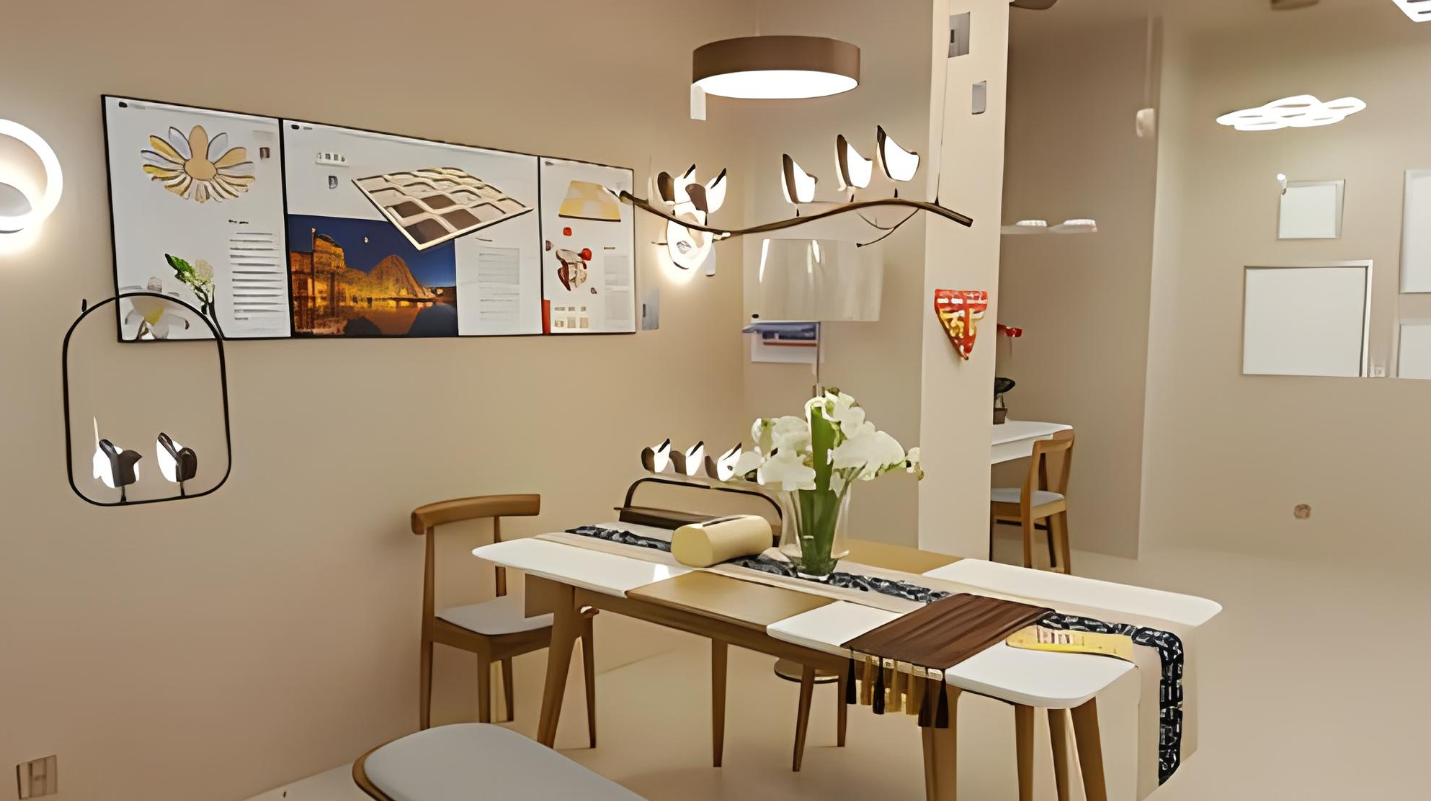The history of water drop chandeliers is a fascinating journey that intertwines art, culture, and technological advancement. These exquisite lighting fixtures can trace their origins back to the opulent designs of the Baroque and Rococo periods in Europe, where grand chandeliers adorned the ceilings of palaces and cathedrals. The earliest chandeliers were crafted from wood and adorned with candles, but as glass-making techniques evolved, artisans began to incorporate crystal elements, leading to the creation of more intricate designs.
The water drop chandelier, characterized by its cascading droplets that mimic the appearance of falling water, emerged as a symbol of luxury and sophistication. In the 19th century, the industrial revolution brought about significant changes in chandelier design. The introduction of gas lighting and later electric bulbs allowed for more elaborate constructions.
Artisans began experimenting with various materials, including lead crystal, which refracted light beautifully and created a dazzling effect reminiscent of water droplets. This period saw the rise of iconic designs, such as those produced by renowned manufacturers like Baccarat and Murano, which further popularized the water drop motif. The aesthetic appeal of these chandeliers made them a staple in grand ballrooms and dining halls, where they served not only as sources of light but also as focal points that captured the imagination.
The Artistry Behind the Creation of Water Drop Chandeliers
Creating a water drop chandelier is an intricate process that requires a blend of craftsmanship, artistic vision, and technical skill. Artisans begin by selecting high-quality materials, often opting for lead crystal due to its clarity and brilliance. The glass is meticulously cut into various shapes, including teardrops and prisms, which are designed to catch and refract light in captivating ways.
Each piece is crafted with precision, as even the slightest imperfection can detract from the overall beauty of the chandelier. Once the individual components are created, they are assembled into a cohesive design. This stage involves careful consideration of balance and proportion, ensuring that the chandelier not only looks stunning but also functions effectively as a light source.
The arrangement of the water drop elements is crucial; they must be positioned to create a sense of movement and flow, mimicking the natural beauty of cascading water. The final touch often includes the addition of decorative elements such as metal frames or ornate arms that enhance the chandelier’s elegance while providing structural support.
The Versatility of Water Drop Chandeliers in Home Decor
Water drop chandeliers are remarkably versatile and can enhance a wide range of interior design styles. Their ability to blend seamlessly into both traditional and contemporary settings makes them a popular choice among homeowners and designers alike. In classic interiors, these chandeliers can serve as stunning centerpieces that evoke a sense of grandeur.
For instance, in a Victorian-style dining room adorned with rich fabrics and antique furnishings, a large water drop chandelier can elevate the space, adding an air of sophistication that complements the overall aesthetic. Conversely, in modern or minimalist spaces, water drop chandeliers can provide a striking contrast. Their intricate designs can serve as focal points against clean lines and neutral palettes.
A sleek, contemporary living room with minimalist decor can be transformed by the addition of a water drop chandelier that features geometric shapes and a more streamlined design. This juxtaposition not only adds visual interest but also creates a dynamic interplay between traditional craftsmanship and modern sensibilities.
The Impact of Water Drop Chandeliers on Interior Design
The impact of water drop chandeliers on interior design extends beyond mere aesthetics; they influence the ambiance and functionality of a space. The way light interacts with the crystal droplets creates a warm and inviting atmosphere, making these chandeliers ideal for settings where people gather, such as dining rooms or entryways. The refracted light casts beautiful patterns on walls and ceilings, enhancing the overall mood and creating an enchanting environment.
Moreover, water drop chandeliers can also serve as conversation starters. Their unique designs often draw attention and spark curiosity among guests. In social settings, they can become focal points that encourage interaction and discussion about art and design.
This ability to captivate an audience adds an additional layer of value to these lighting fixtures, making them not just functional items but also integral components of a well-designed space.
Maintenance and Care for Water Drop Chandeliers
Maintaining the beauty and functionality of water drop chandeliers requires regular care and attention. Dust accumulation can dull the brilliance of crystal droplets, so it is essential to clean them periodically. A gentle approach is recommended; using a soft microfiber cloth or feather duster can effectively remove dust without scratching the surface.
For deeper cleaning, a mixture of warm water and mild soap can be used to wipe down each crystal piece carefully. It is crucial to avoid harsh chemicals or abrasive materials that could damage the delicate glass. In addition to cleaning, inspecting the chandelier for any loose components or signs of wear is vital for ensuring its longevity.
Over time, wiring may become frayed or connections may loosen due to vibrations or temperature changes. Regular checks can help identify potential issues before they escalate into more significant problems. If repairs are needed, it is advisable to consult with a professional who specializes in chandelier restoration to ensure that the integrity of the piece is maintained.
The Environmental Impact of Water Drop Chandeliers
The environmental impact of water drop chandeliers is an increasingly relevant topic in today’s eco-conscious society. The production process for these lighting fixtures often involves significant energy consumption and resource use, particularly when it comes to sourcing materials like lead crystal. However, many manufacturers are now adopting sustainable practices to mitigate their environmental footprint.
This includes using recycled materials in their designs or implementing energy-efficient lighting solutions such as LED bulbs. Additionally, the longevity of water drop chandeliers contributes positively to their environmental impact. A well-crafted chandelier can last for decades or even generations if properly maintained, reducing the need for frequent replacements that contribute to waste.
By investing in high-quality pieces that stand the test of time, consumers can make more sustainable choices in their home decor while enjoying the beauty and elegance that these chandeliers bring.
How to Choose the Perfect Water Drop Chandelier for Your Space
Selecting the perfect water drop chandelier involves careful consideration of several factors to ensure it complements your space effectively. First and foremost, size matters; it is essential to choose a chandelier that fits proportionately within the room. A large chandelier may overwhelm a small space, while a tiny fixture may get lost in a grand foyer.
To determine the appropriate size, one common guideline is to add the dimensions of the room (in feet) together and convert that number into inches for the diameter of the chandelier. Another critical aspect is style compatibility. Water drop chandeliers come in various designs ranging from traditional to modern interpretations.
When selecting one for your home, consider existing decor elements such as furniture style, color palette, and architectural features. A cohesive design will create harmony within the space while allowing the chandelier to shine as a statement piece. Additionally, think about lighting needs; some spaces may require brighter illumination while others benefit from softer ambient light.
The Future of Water Drop Chandeliers in Art and Design
As we look toward the future, water drop chandeliers are poised to evolve further within the realms of art and design. With advancements in technology and materials science, designers are exploring innovative ways to reinterpret this classic fixture. For instance, incorporating smart technology into chandeliers allows for customizable lighting options that can adapt to different moods or occasions through app-controlled settings.
Moreover, sustainability will likely play an increasingly significant role in future designs. As consumers become more environmentally conscious, there will be greater demand for eco-friendly materials and energy-efficient lighting solutions within chandelier production. Designers may experiment with alternative materials such as biodegradable plastics or reclaimed wood while maintaining the elegance associated with traditional water drop designs.
In conclusion, water drop chandeliers represent more than just decorative lighting; they embody a rich history intertwined with artistry and innovation. Their versatility allows them to enhance various interior styles while impacting ambiance significantly. As we move forward into an era focused on sustainability and technological advancement, these timeless fixtures will undoubtedly continue to captivate audiences with their beauty and charm.



